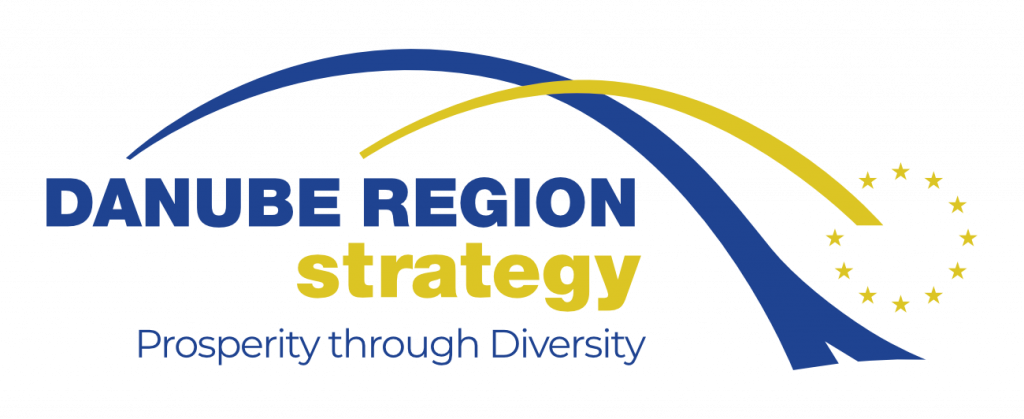EU Danube Strategy

The EU Strategy for the Danube Region (EUSDR) is an essential framework that strengthens cooperation and supports existing institutions in the Member States for the effective implementation of EU legislation. Recognizing the significance of the Danube River and its basin, the EUSDR fosters collaboration among the countries within the region to address common challenges and achieve shared objectives. By promoting integrated approaches, the EUSDR aims to enhance economic, social, and environmental development while preserving the unique natural and cultural heritage of the Danube region.
By promoting integrated approaches, the EUSDR aims to enhance economic, social, and environmental development while preserving the unique natural and cultural heritage of the Danube region. Through the EUSDR, Member States can exchange best practices, coordinate policies, and pool resources to tackle issues such as water quality, transport connectivity, environmental protection, and sustainable economic growth. By harnessing the collective strength of the participating countries, the EUSDR ensures a harmonized and effective implementation of EU legislation, fostering a prosperous and resilient Danube region for the benefit of its people and the environment.
Close cooperation with the ICPDR with its experience and mandate in water management is therefore very important. The ICPDR and EUSDR continuously coordinate their activities to utilise synergies.
ICPDR & EU Strategy for the Danube Region
The Action Plan of the EUSDR identifies concrete measures and examples of projects in 11 thematic Priority Areas (PAs), with the objective of addressing the common challenges of the region. This should be achieved by increasing the effectiveness of policies at EU, national and local level through improved cooperation.
Concerning PA 4 (Water Quality) and PA 5 (Environmental Risks), the identification of main issues is to a large extent based on previous work of the ICPDR, primarily from the Danube River Basin Management Plan and the Danube Ministerial Declaration from 2010.
The ICPDR received from its contracting parties a clear political mandate and the technical capacities for implementing WFD and EFD in the DRB; the momentum created by EUSDR has significantly boosted progress in relevant processes by creating added value for both ICPDR and EUSDR also by making better use of measures available for macro-regional cooperation.
Avoiding overlaps and the creation of parallel structures is a key principle that is followed in the cooperation between ICPDR and EUSDR. To achieve this and to ensure an efficient information flow between PA4 and PA5 on one side and the ICPDR on the other, a joint document was developed.
This document characterizes particular mandates, responsibilities, tasks and modus operandi for complimentary and joint activities of ICPDR and PA4/PA5. The document and its annex can be downloaded below.





